Check out frequently asked questions:
201. Are all classes of the Nice classification available in the United States?
202. Does the United States use the international classification for trademarks?
203. Can an international application designate the USA?
204. What language besides English can be used to register a trademark in the USA?
205. How to overcome trademark refusals at the USPTO?
206. Do I need to do a trademark search before filing my trademark at the USPTO?
207. I found a trademark similar to mine, Can I still register it in the USA?
208. Do I need to register my business name and logo separately at the USPTO?
209. Can I register my own name or family name as a trademark in the USA?
There are no limitations on the registration of names and family names as trademarks; however, a disclaimer will have to be made on whether:
- The name relates to any living person and confirmation that you have consent
- The name does not relate to any living individual.
Registration of names as trademarks is very tricky as you will have to seek fame in order to maintain the registration and ensure you can defend against others using the same name or family name.
Read More210. What are conditions or limitation for registering a trademark in USA?
In general, to register a trademark in the USA;
- It should be unique, not descriptive.
- It should not be a technical word used in commerce It should not contain public symbols (such as flags)
- It should not be a name or title of third parties without their consent.
- It should not be a direct translation of other well-known trademarks, which are also not allowed.
211. What should I do If I found someone else using the same mark as mine and it’s not registered, who has more rights?
212. Does the protection in USA extends to the 52 states?
213. Can I file a single application covering all the North American countries including USA?
214. Is it possible to file a slogan as a trademark in the United States of America?
215. What are standard character trademarks?
Standard character trademarks, also known as word marks or text marks, protect the textual representation of a brand's name, slogan, or other textual elements without any specific font, style, size, or color. Here's a friendly explanation:
Read More216. Standard trademarks VS Design Trademarks VS Combined Trademarks
Standard Character mark (Word Mark): This is a trademark that consists of only words, letters, or numbers. Word marks are usually the easiest to register and protect since they are the most straightforward and distinctive.
Design Mark: This is a trademark that consists of a design, logo, or symbol. Design marks are usually more distinctive and eye-catching than word marks, but they can be more challenging to register and protect since they are more complex. Design marks usually have no verbal element or numbers.
Combined Mark: This is a trademark that consists of both words and a design. Combined marks are often the most effective since they combine the distinctive elements of both word marks and design marks.
217. What legal processes can your technology automate?
Our technology automates a wide range of legal processes involved in brand protection management and commercialization, significantly reducing manual efforts and improving accuracy across all phases. Here's how our solutions can streamline your operations:
- All-in-One Communication and Docketing: This tool centralizes all communications including emails, messages, and phone calls, integrating them with search engines for easy management and monitoring. It provides real-time updates and insights on your trademark portfolio, aligning your records with official and agent data, and enables efficient follow-up on trademark prosecution and maintenance.
- Document Management and Legalization: Our technology automates the preparation, management, and forwarding of essential documents. It ensures documents are filled out correctly, translated properly, and are never lost. This includes handling and semi-automation of the legalization process in the U.S., reducing the complexities and manual work typically associated with these tasks.
- Trademark Classifications and Translations: We automate the review and transformation of your goods and services classifications to ensure protection under the correct classes. Our system also automates translations into Arabic, French, and Spanish, making sure all entries are consistent and locally acceptable.
- Budgeting and Proposals: Our solution automates the creation of accurate budgets for brand protection and maintenance across multiple jurisdictions. It calculates official fees and helps you understand local market requirements effortlessly, making financial planning and approvals smoother and more reliable.
- Emerging Markets Solutions: Specifically designed for navigating the complexities of emerging markets, our module automates preliminary searches, high-level opinion issuing, and the tailoring of watch notices, along with streamlining registration and renewal processes via a unified approach to handling instructions and documents.
By integrating our legal tech solutions, your firm can automate routine and complex tasks alike, freeing up your team to focus on strategic activities and client service, thereby enhancing overall productivity and accuracy.
218. How secure is your platform?
The security of our platform is of utmost importance to us, and we take comprehensive measures to ensure the protection of all data. Our platform is built on a foundation of robust security practices and technologies, including:
- Microsoft Azure Services: We leverage Microsoft Azure, one of the leading cloud platforms known for its strong commitment to security. Azure provides a wide array of security features that are designed to ensure the integrity, confidentiality, and availability of data. These include advanced encryption, network security controls, and continuous monitoring and threat detection capabilities.
- Dedicated Cybersecurity Expertise: We employ experienced cybersecurity specialists who oversee our security operations. Their expertise ensures that our security measures are always up-to-date with the latest threats and best practices. They conduct regular security assessments and penetration testing to identify and remediate vulnerabilities.
- Comprehensive Data Governance: Our commitment to security extends to strict data governance policies. We ensure that all data is handled according to the highest standards of privacy and compliance. This includes adhering to international data protection regulations.
- Continuous Monitoring and Incident Response: Our systems are monitored continuously to detect and respond to potential security incidents promptly. We have an established incident response plan that allows us to quickly address any security breaches and minimize their impact.
- Training and Awareness: We regularly train our staff on the latest security practices and data handling protocols. This ensures that everyone in our organization is equipped to contribute to the security of our platform.
- Client-Side Controls: We empower our clients with tools to control and monitor access to their data. This includes multi-factor authentication, role-based access controls, and audit logs for tracking user activities.
By integrating these layered security measures, we strive to provide a platform that you can trust with your sensitive legal data. Our goal is to ensure that you can focus on your core legal activities with peace of mind, knowing that your data is secure and well-protected.
219. How does your technology integrate with our existing systems?
Our platform is designed with flexibility and scalability in mind to meet the diverse needs of our clients. While our technology does not currently offer out-of-the-box integration with off-the-shelf legal tech solutions, we understand the importance of seamless system interaction in today’s digital environment.
- Custom API Development: To facilitate integration, we can develop customized APIs that connect our platform with your existing legal tech systems. This approach allows us to create a tailored interface that aligns with the specific requirements and configurations of your current systems.
- Collaborative Integration Process: Our technical team will work closely with your IT department to understand your existing infrastructure and integration needs. This collaborative approach ensures that the integration process is smooth and that our solution complements your existing workflows and enhances your operational efficiency.
- Support and Guidance: Throughout the integration process, our dedicated support team will be available to assist with any technical challenges that arise. We provide comprehensive documentation and support to ensure that your team understands how to manage and maintain the integration effectively.
- Future Integration Plans: We are continually working to enhance the interoperability of our platform. As part of our development roadmap, we are exploring partnerships and technologies that could enable more standardized integrations in the future.
By opting for a customized integration approach, we ensure that our technology not only meets your current needs but also adapts to your evolving business requirements. We are committed to ensuring that our solution works seamlessly within your existing legal tech ecosystem, thereby maximizing your investment and enhancing your operational capabilities.
220. Can Your Product Be Customized to Our Specific Needs?
Our platform is designed to streamline the complexities of managing trademark portfolios by ensuring compliance with local laws and regulations, which requires a level of standardization in our processes. However, we understand that every organization has unique needs and workflows. Therefore, while our core functionalities are standardized to ensure reliability and compliance, we offer a range of customization options to tailor our solution to your specific operational requirements.
- Semi-Customization Options: We provide semi-customization capabilities that allow you to personalize several aspects of our platform:
Internal Approvals and Processes: Adapt the workflow within our platform to match your internal approval chains and decision-making processes.
Communication Templates: Customize email and client communication templates to maintain your brand's voice and meet your specific communication strategies.
Billing and Reporting: Tailor billing practices and reports to align with your financial processes and client management systems, helping you streamline operations and improve client satisfaction. - Collaborative Configuration: Our team will work closely with you to configure these customizable aspects of our platform. We engage in a detailed consultation process to understand your specific needs and ensure that our platform enhances your efficiency while fitting seamlessly into your existing operations.
- Support and Training: To help you make the most of our platform’s customization options, we offer comprehensive training and ongoing support. This ensures that your team is well-prepared to utilize our system effectively, with adjustments made to suit your business requirements.
- Continuous Improvement: We are committed to continuously improving our platform. We welcome feedback from our clients as part of our development process, which helps us identify and implement beneficial features and customizations in future updates.
While the fundamental architecture of our platform is designed to align closely with legal standards and best practices, these customization options ensure that our clients can mold certain functionalities to better fit their specific needs without compromising on compliance and efficiency.
221. What Kind of Support and Training Do You Offer?
We understand that adopting a new technology platform can be a significant adjustment, which is why we are committed to providing robust support and training to ensure a smooth transition and continuous use of our platform.
- Onboarding Process: Our onboarding process is designed to integrate clients seamlessly with our platform. Depending on the complexity of the module:
- Immediate Start: For simpler modules, users can start using the platform immediately after a brief introduction.
- Extended Onboarding: For more comprehensive modules that require data integration, the onboarding process can take between 2 to 4 weeks. This process includes:
- Initial Meetings: To understand your specific needs and set up the system accordingly.
- Structured Trainings: Conducted by our experts, these sessions are tailored to familiarize your team with the module’s functionalities and ensure efficient usage.
- Follow-up Communications: Regular emails and updates to keep you informed on progress and next steps.
- User Guides and Product Tours:
- User Guides: Comprehensive manuals are available for all modules, providing step-by-step instructions on how to maximize the platform's capabilities.
- Interactive Product Tours: We are developing interactive product tours that guide users through each step within the modules, making it easier to understand and navigate the system.
- 24/7 Customer Support: Our dedicated customer service representatives are available 24/7 to answer any questions and resolve any issues you may encounter. Whether it’s a simple query or a complex technical challenge, our team is ready to assist you at any time.
- Cross-Functional Team Collaboration: Especially during the onboarding for complex modules, our team collaborates closely with various departments within your organization. This ensures that every aspect of the platform is aligned with your business processes and helps in achieving an efficient integration.
Our support and training resources are designed to empower your team, ensuring you feel confident and competent in using our platform to manage your trademark portfolios effectively. We are committed to ongoing support and continuous improvement based on client feedback and industry developments.
222. What is the Cost of Your Service?
Our pricing structure is designed to be flexible and scalable, tailored to accommodate the diverse needs and sizes of law firms and brand owners managing trademark portfolios. Here is a brief overview of how pricing is structured across our different modules:
- All-in-One Communication and Docketing Tool: The cost depends on the number of trademarks and the countries you are operating in. This ensures that firms of all sizes find a suitable and scalable pricing model.
- Budgeting and Proposals: This module is free for basic proposals. Advanced features, including comprehensive budgeting tools, cash flow management, and document handling, are available for an additional fee, allowing you to choose the level of service that best fits your needs.
- Connect and Build Relationships: There is a one-time onboarding fee to assess and integrate agents into our network, followed by a monthly subscription that gives users access to this network, tailored to how extensively you use this service.
- Documentation: Pricing for this module is tiered based on the number of applicants and the number of countries involved, providing flexibility to accommodate different scales of operation.
- Classification Module (Class): This service is available for a monthly fee, with costs varying depending on the extent of use. The pricing is structured to be consistent regardless of the number of countries, simplifying budgeting for global operations.
- White Labeling Solution: The cost depends on the specific services required and the number of users, making it ideal for firms that need a highly personalized solution.
Each of these modules is priced to reflect the value they bring to your operations, with considerations for volume and frequency of use, ensuring that you only pay for what you need. For specific pricing details, we encourage you to contact us directly so we can provide a tailored quote based on your firm’s particular requirements and usage patterns
223. Can You Provide Case Studies or Testimonials from Other Clients?
As a forward-thinking legal tech company, we are currently in the process of gathering detailed case studies and testimonials from our clients. While these are not yet available, we are committed to transparency and will be sharing these success stories as soon as they are collected to showcase the real-world impact of our solutions on law firms and brand owners alike.
In the meantime, we understand the importance of validating the effectiveness of our tools and services. To address this, we are more than willing to discuss the specific results and improvements other clients have experienced while using our platform. We can also arrange for potential clients to speak directly with members of our team to get a deeper understanding of how our technology can be tailored to meet your specific needs and to share insights into how similar clients have benefited from our services.
We appreciate your interest and patience, and we look forward to providing you with comprehensive case studies and testimonials that demonstrate the value and effectiveness of our solutions.
224. How do you handle updates and upgrades to your software?
We are committed to continuously improving our software to enhance functionality and ensure the highest levels of security. Here's how we manage updates and upgrades:
- Regular Updates: Our software is updated monthly to incorporate new features and optimizations. These updates are carefully tested to ensure seamless integration.
- Immediate Security Updates: We prioritize the security of our software. Any critical security issues are addressed immediately upon detection. This rapid response ensures that our system remains secure against evolving threats.
- Scheduled Upgrades: Major upgrades are scheduled during off-peak hours, typically at night, to minimize any potential disruption to our users.
- Advance Communication: We ensure that all scheduled updates and upgrades are communicated in advance. Users are notified about the nature of the update, the expected benefits, and any required actions on their part.
- Seamless Implementation: Our updates and upgrades are designed to be implemented smoothly with minimal to no downtime, ensuring that users can continue their work without interruption.
By following this approach, we ensure that our software remains current, secure, and aligned with the latest technological advancements, all while prioritizing user experience.
225. What happens to our data if we choose to discontinue your service?
We understand the importance of your data, and we are committed to handling it with the utmost care and respect, even after you decide to stop using our services. Here's our process:
- Data Retrieval: Upon discontinuation of service, you have the option to download all your existing data or have it delivered to you in a commonly used format. We provide detailed instructions and support to help you retrieve your data effortlessly.
- Data Deletion: After you retrieve your data and confirm that you no longer need our assistance, we proceed to securely delete all your data from our servers. This is done in compliance with legal and regulatory requirements regarding data destruction.
- Grace Period: We offer a grace period (e.g., 30 days) after service termination during which you can access your data. After this period, data will be permanently deleted from our systems.
- Compliance and Security: Throughout this process, we adhere strictly to industry standards and legal requirements for data security and privacy to ensure that your information is protected until it is permanently deleted.
- Confirmation of Deletion: Once your data is deleted, we will provide you with a confirmation, ensuring you that no residual data remains in our system.
Our goal is to make your transition as smooth as possible, whether you're migrating to another solution or simply discontinuing use. If you have any specific needs or concerns regarding data handling post-cancellation, our support team is here to assist you.
227. What are the limitations of your technology?
Our legal tech solutions are designed to support and streamline the work of legal professionals, particularly in the field of intellectual property. However, like all technologies, there are certain limitations you should be aware of:
- Assistive Technology: Our platform serves as an aid in the legal process; it does not replace legal expertise or judgment. While our tools help in managing and automating tasks, they do not provide legal opinions or advice. We strongly recommend that legal professionals oversee the final decisions and interpretations of legal matters.
- Geographical Coverage: We provide solutions that cover many global jurisdictions but do not yet encompass all countries. This means that while we strive to offer extensive coverage, there might be some regions where our support and resources are limited.
- Legal Updates: Our platform is updated regularly with the latest legal changes and developments. However, updates to laws and regulations are not always communicated in advance by governing bodies, and some are initially published in print, which can lead to delays in our system reflecting the most current information. We continuously work to minimize this lag and provide the most up-to-date data available.
- Jurisdictional Variations: Laws and regulations vary significantly across different jurisdictions, and while we aim to provide tailored information that is as accurate as possible, variations in local practices can affect the applicability and accuracy of our data.
By choosing our services, you benefit from a powerful tool that aids in the management and automation of intellectual property processes, backed by our commitment to improving and expanding our capabilities. We encourage our clients to utilize our tools in conjunction with their legal expertise to achieve the best outcomes.
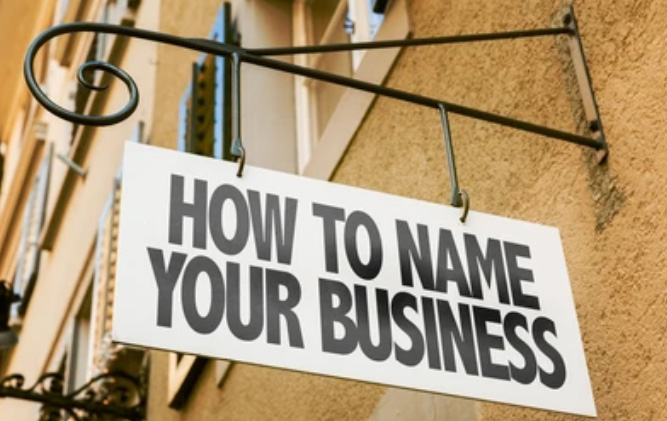
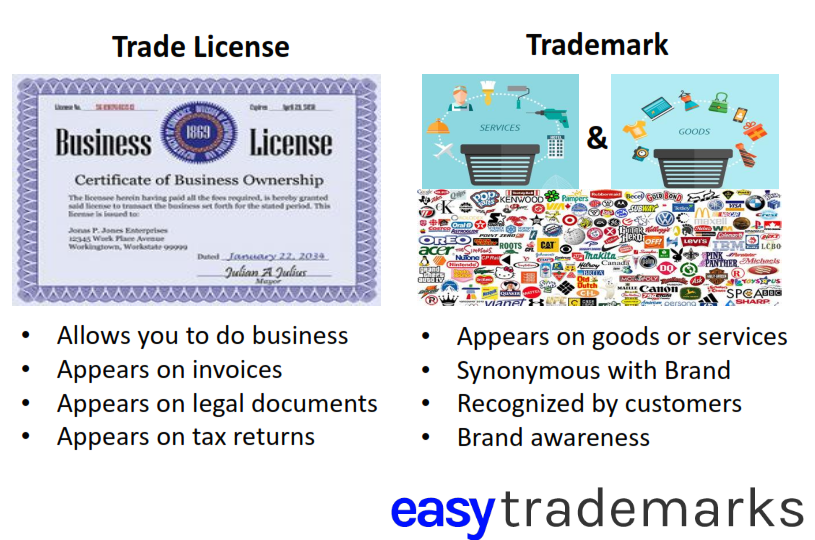
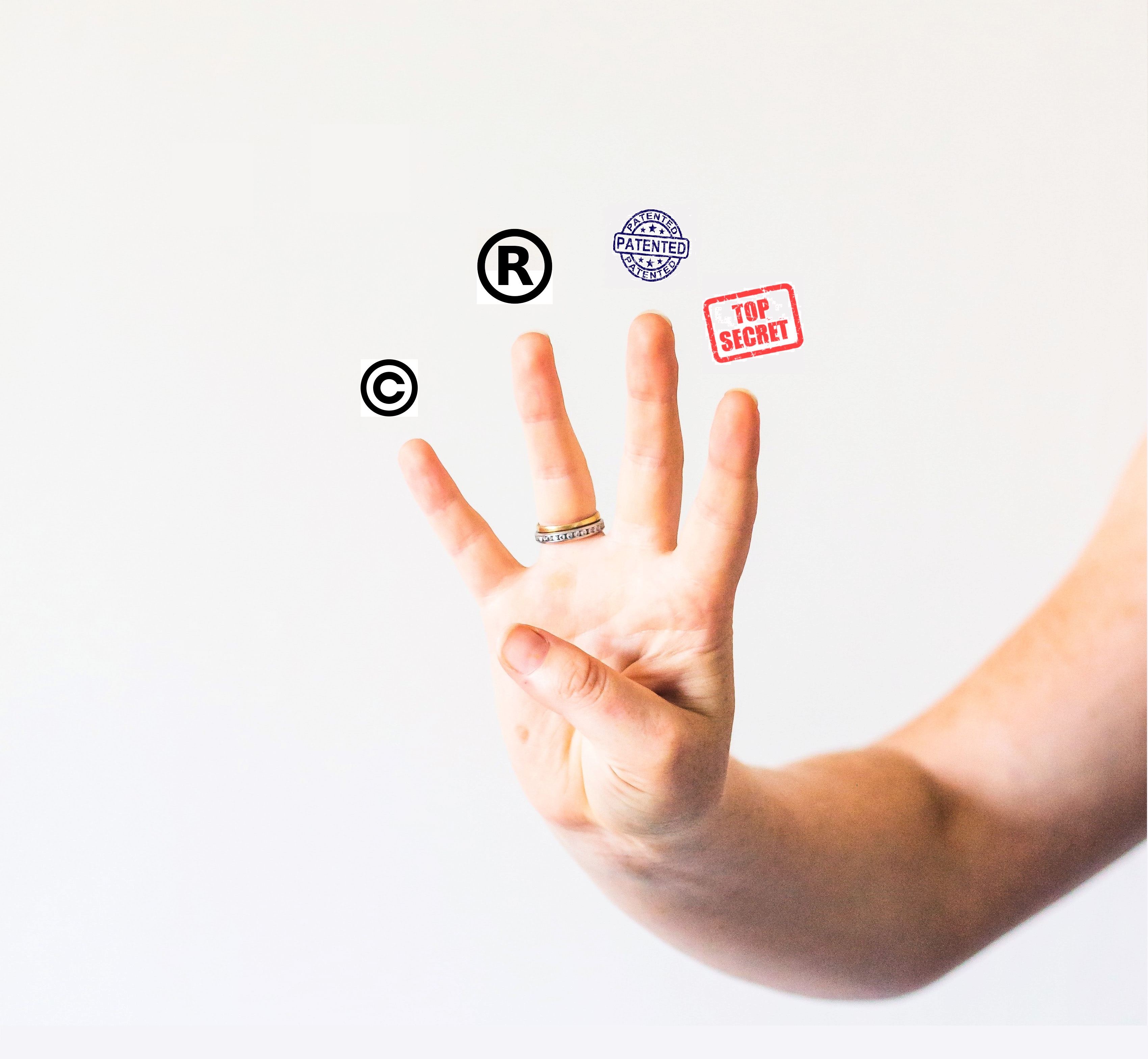

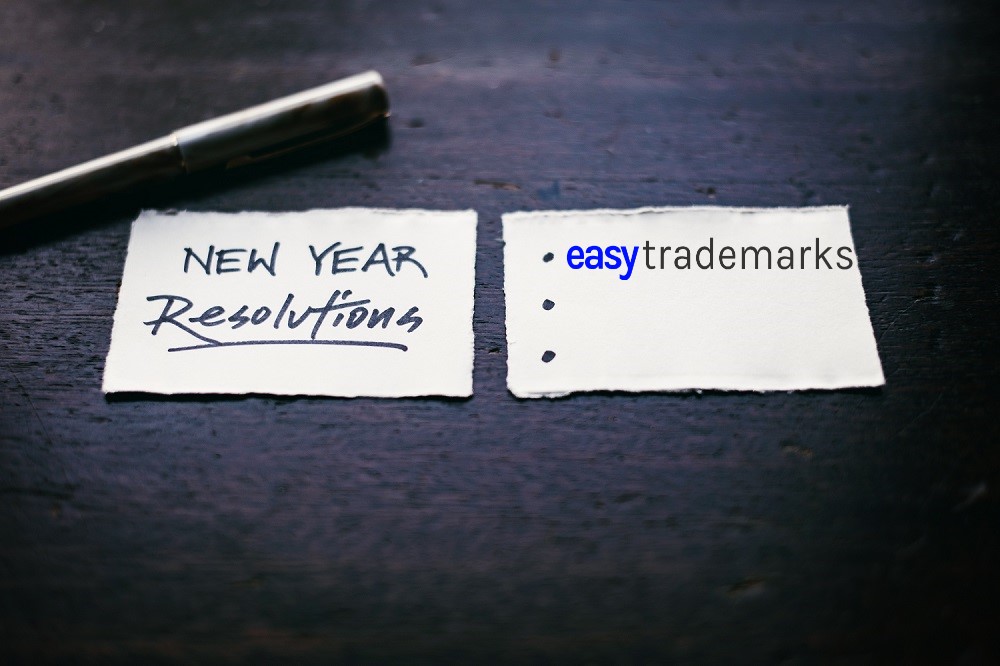

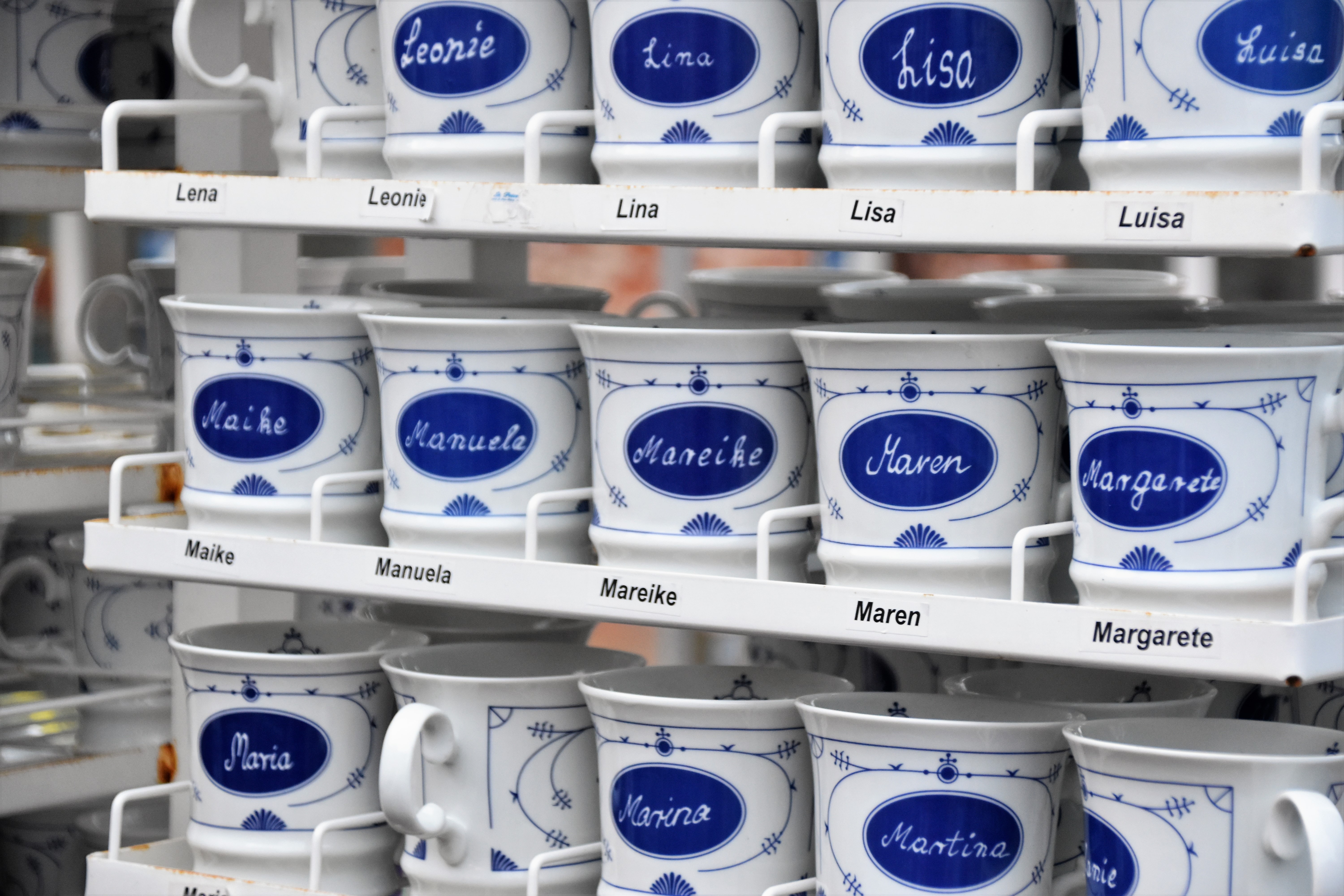
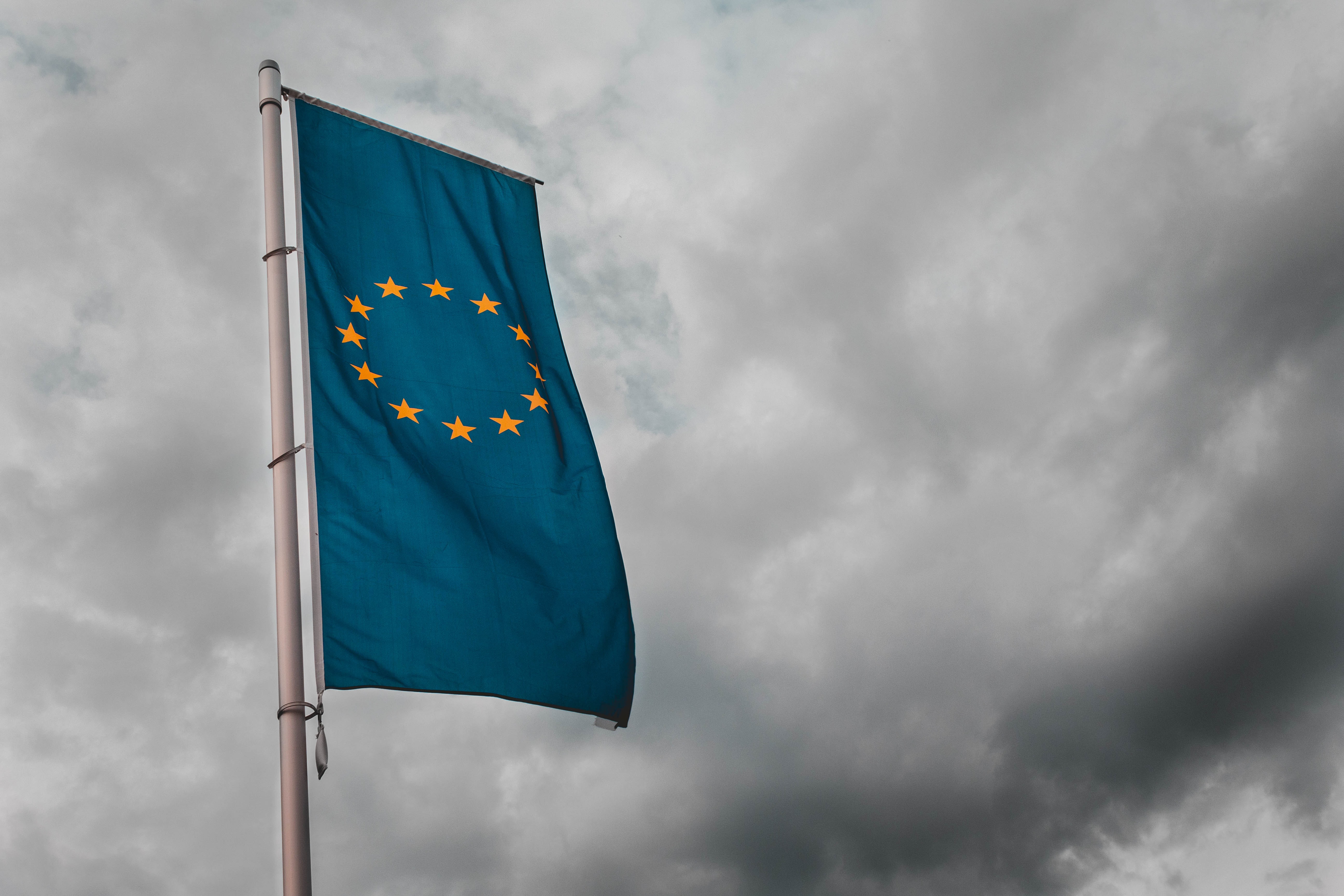

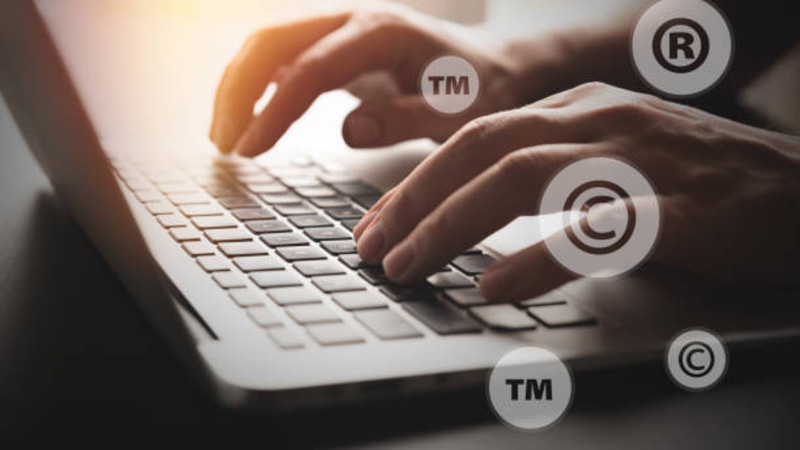
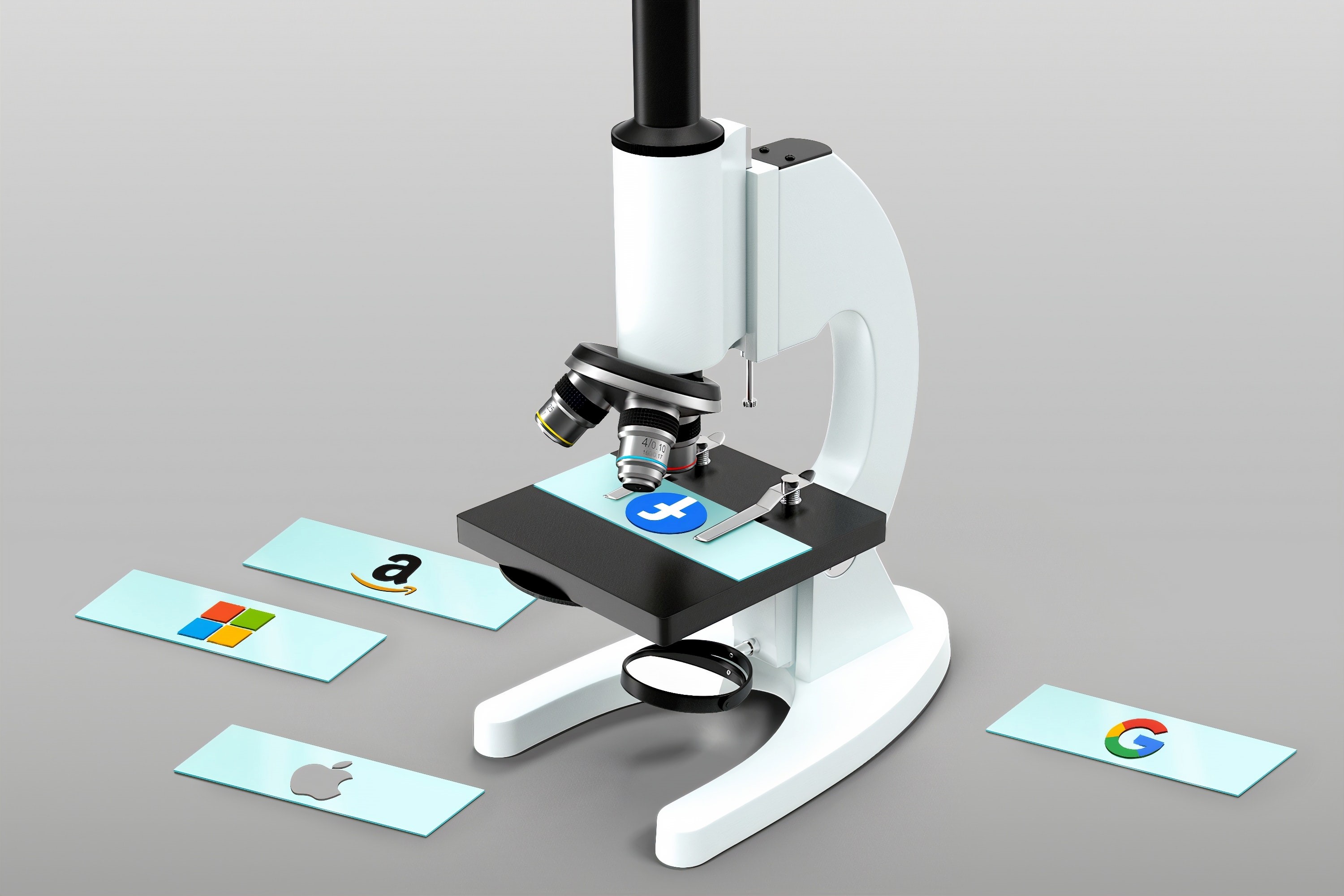


Step 1: The Art of Understanding Your Audience, Value Proposition, and Competition
Read More
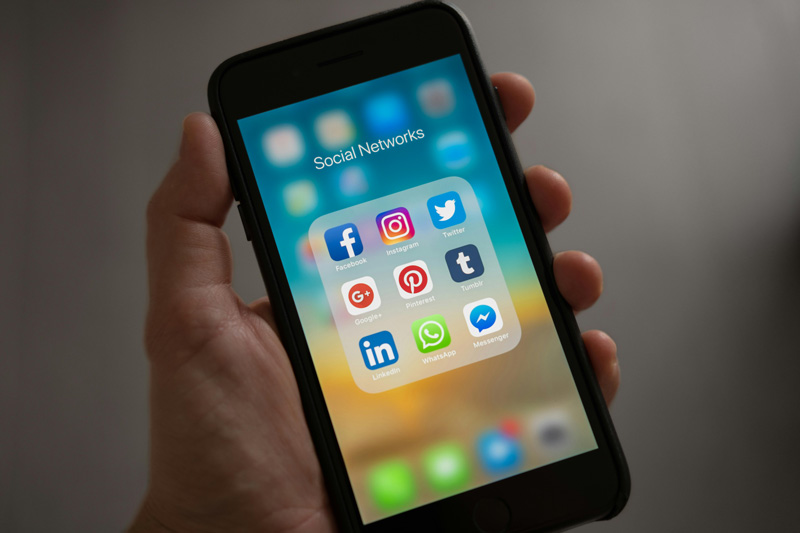
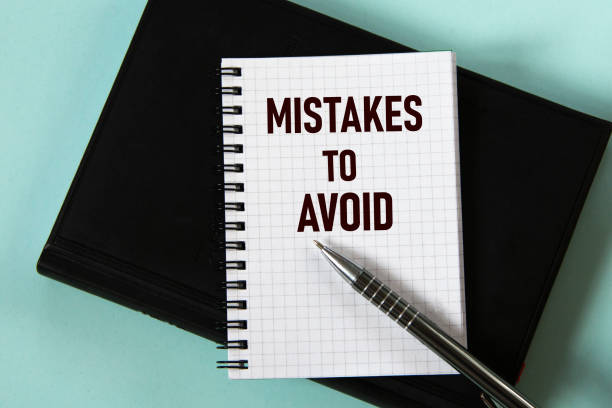





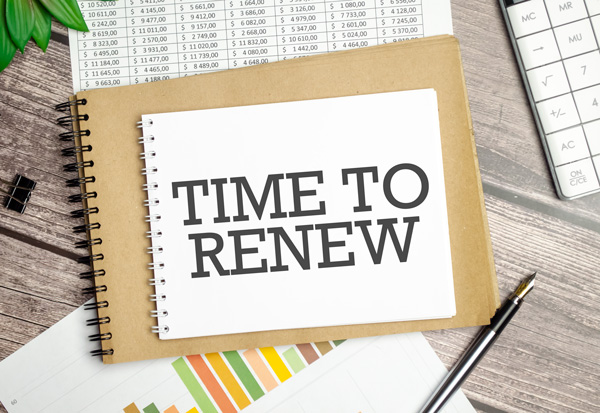











Securing Your Trademark in the Metaverse: Essential Goods and Services to Register
Read More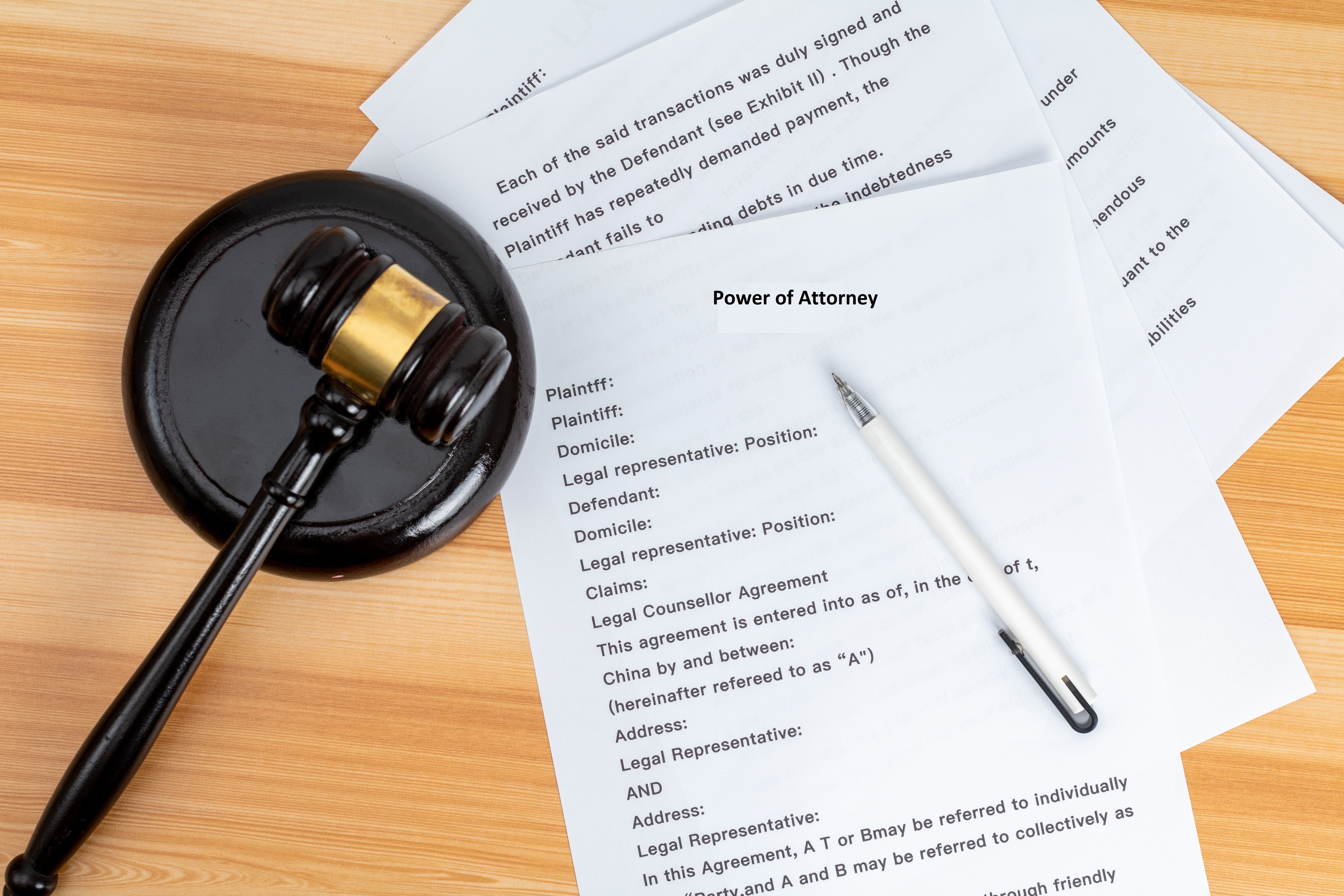
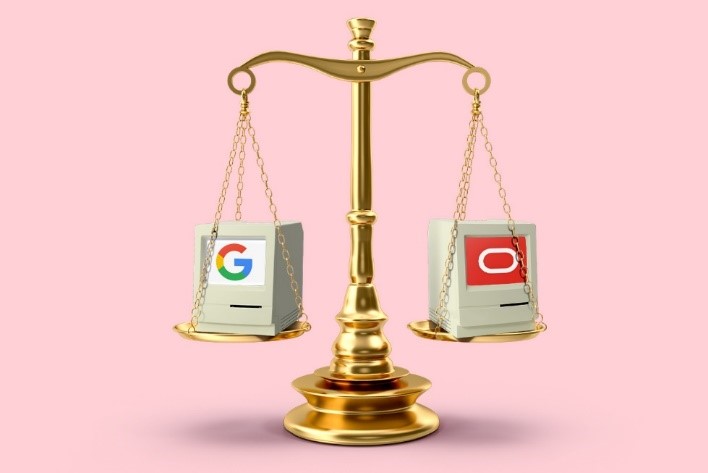
Oracle v. Google: The Landmark Case Shaping Intellectual Property in the Tech Industry
Read More
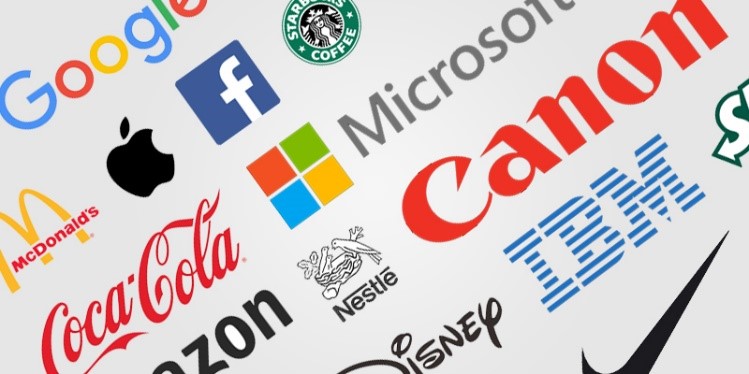
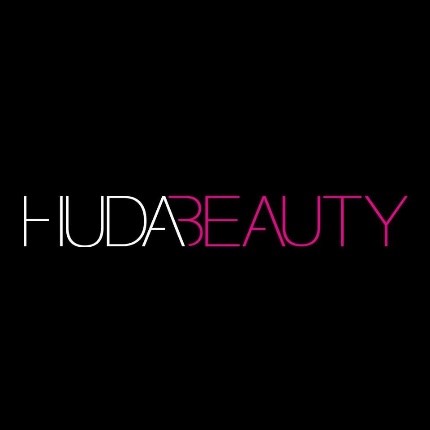
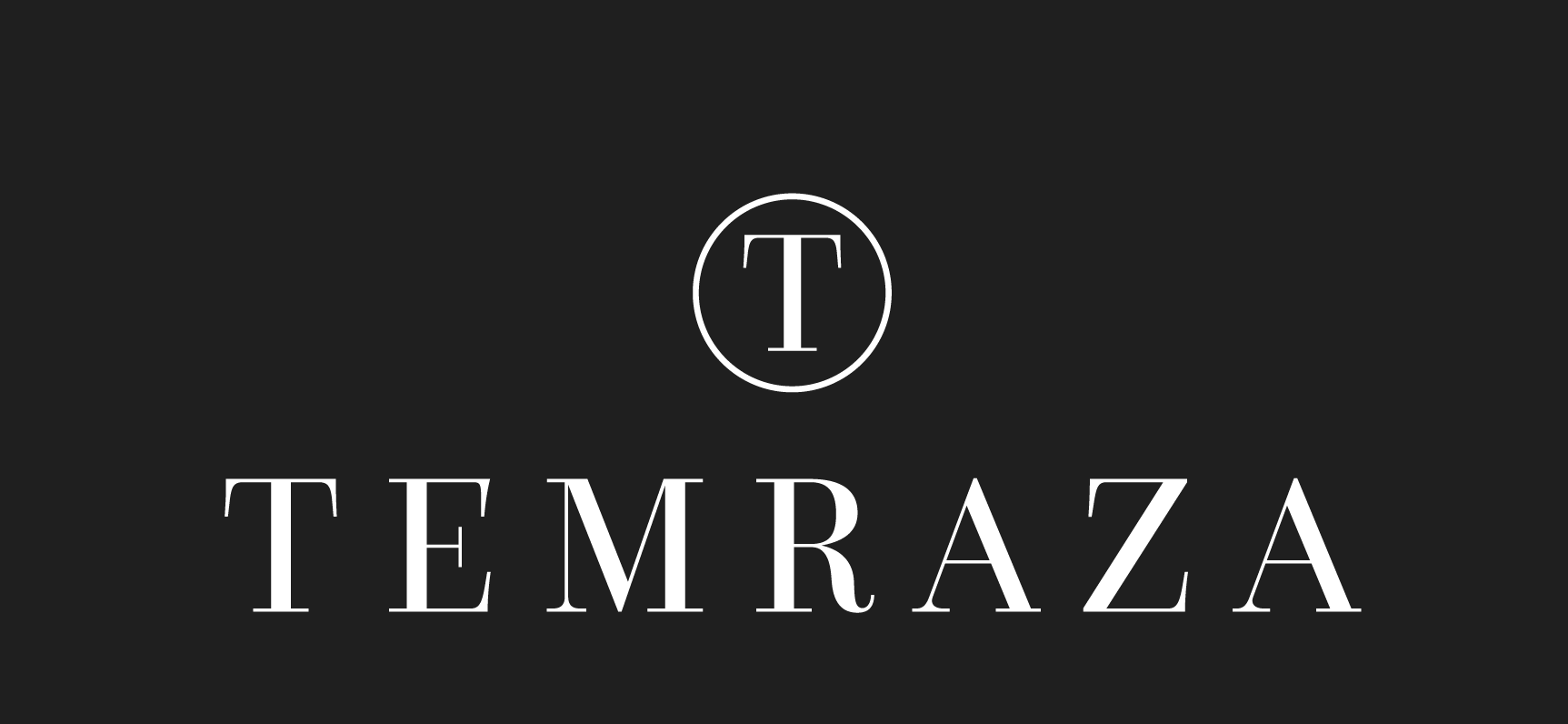



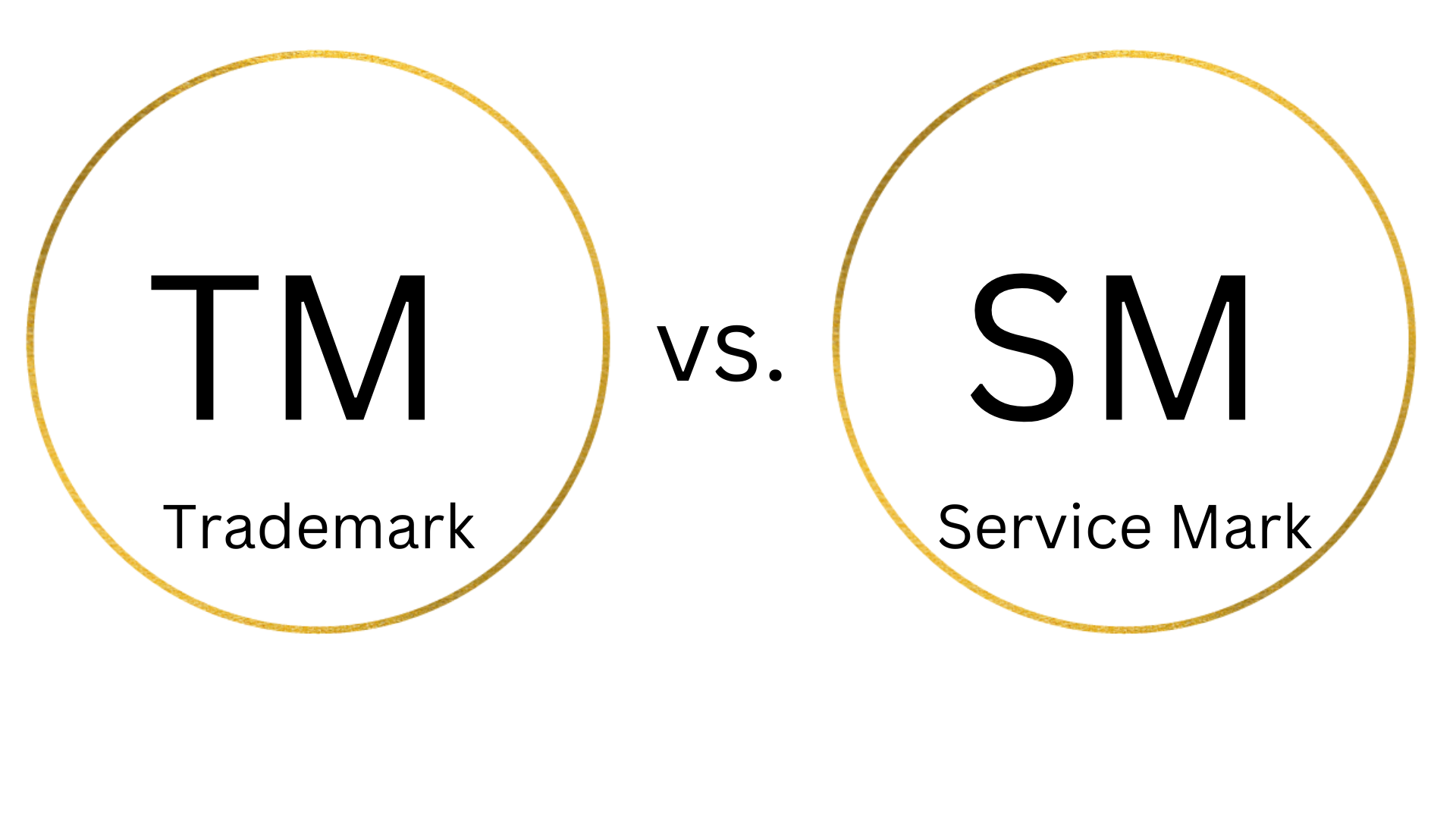

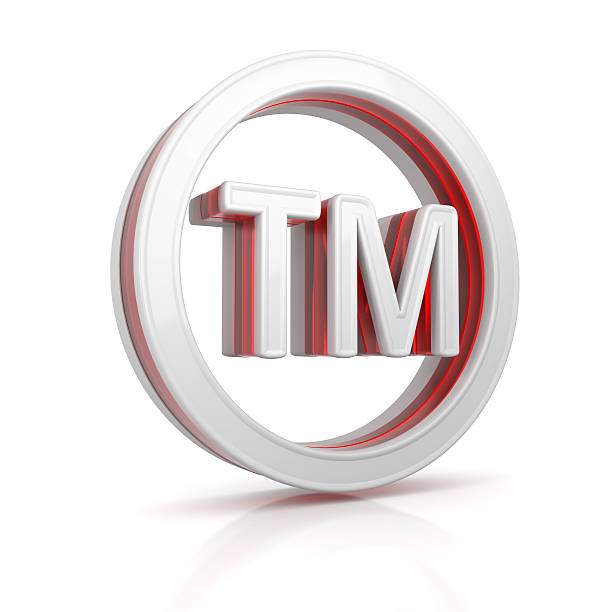
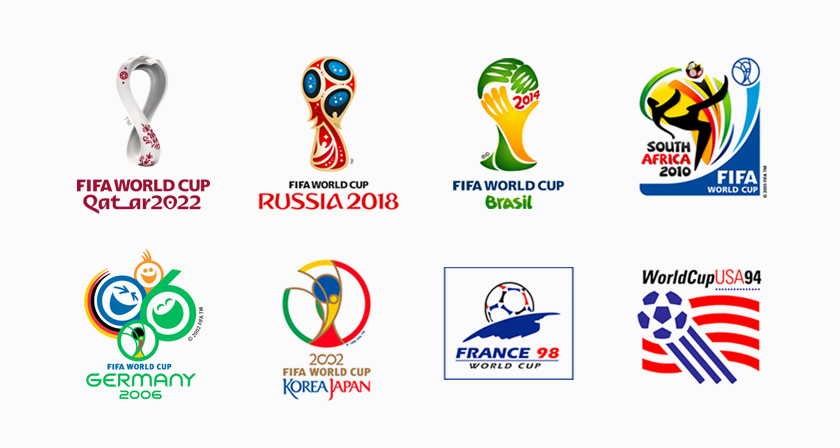

The Essential Guide to Intellectual Property: Patents, Trademarks, Copyrights, and Trade Secrets
Read More

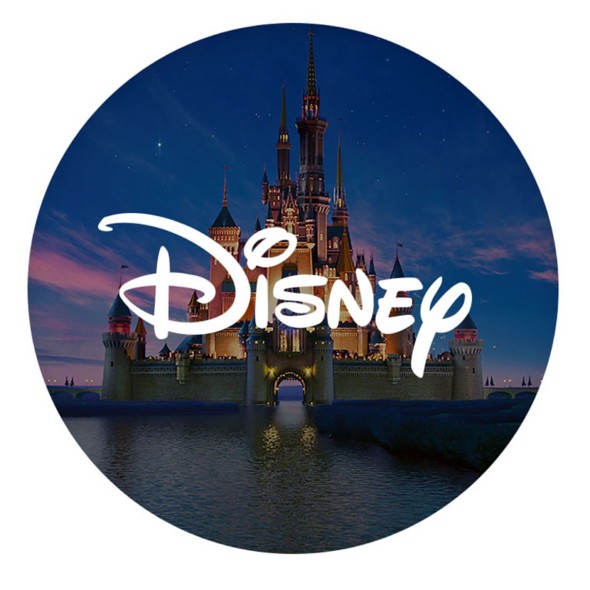
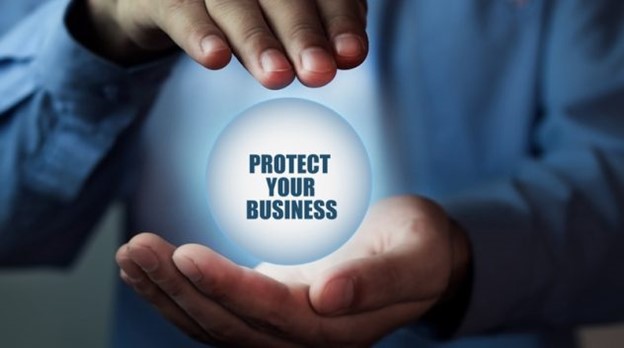
Shielding Your Brand: The Definitive Handbook on Trademark Protection and Intellectual Property Safeguarding
Read More
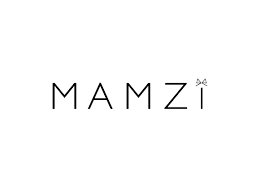


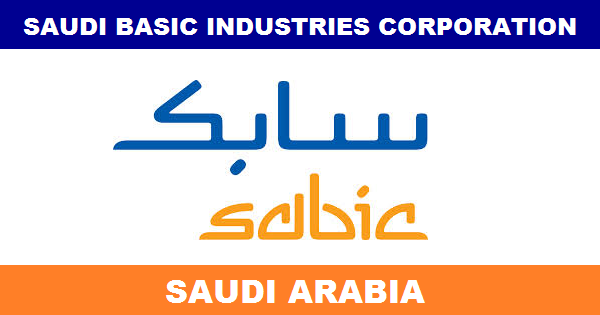
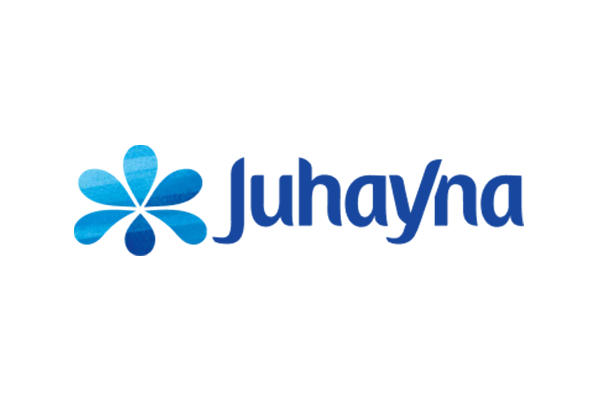
How Did Juhayna Successfully Build Brand Awareness Among Restaurant Owners in Egypt?
Read More


Integreight’s Intellectual Property Strategy: Securing Market Dominance in Egypt's Tech Industry
Read More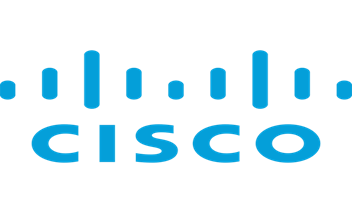
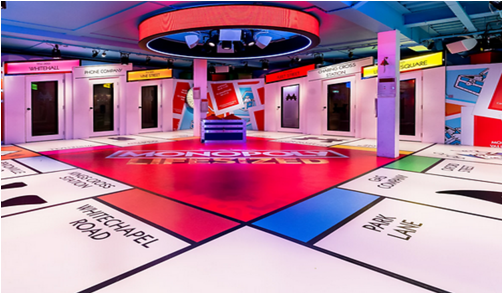
How 'Monopoly: Lifesized' Shows Trademark Licensing Success for Legacy Brands at BLE
Read More

Etisalat: How Intellectual Property Drives Innovation and Leadership in UAE Telecommunications
Read More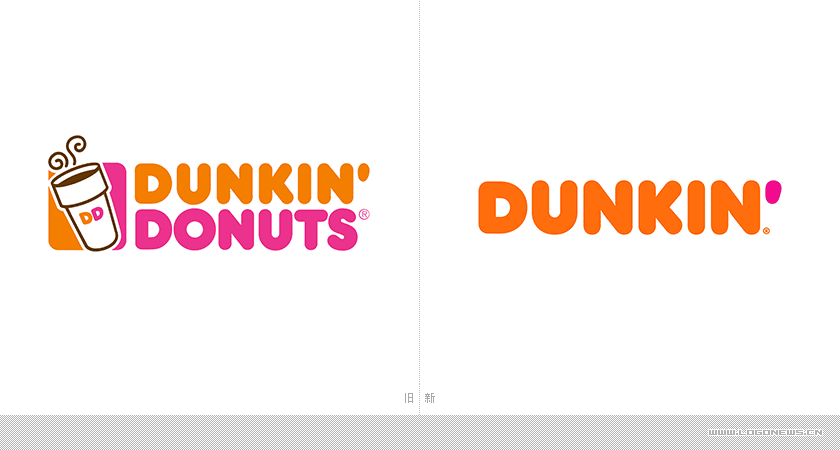
How Dunkin' Leveraged Intellectual Property to Strengthen Its Franchise Strategy in the USA
Read More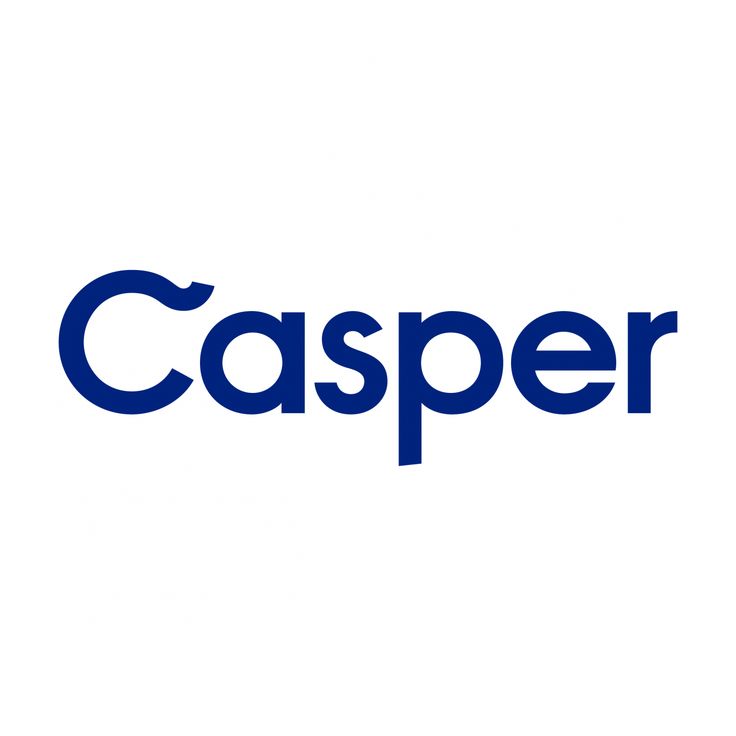
How Casper's Trademark Registration Fueled Its Rise in the Competitive Mattress Market
Read More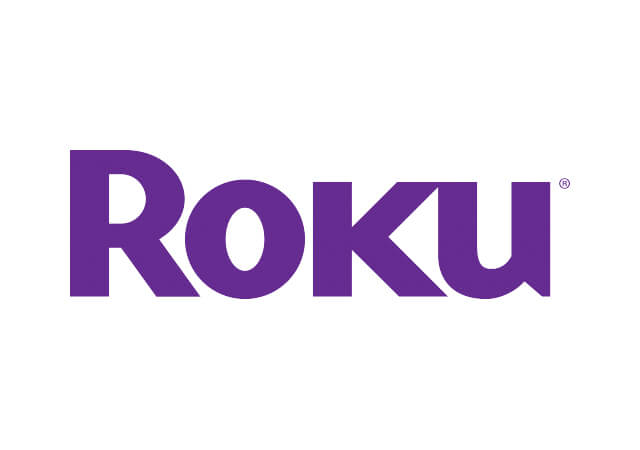
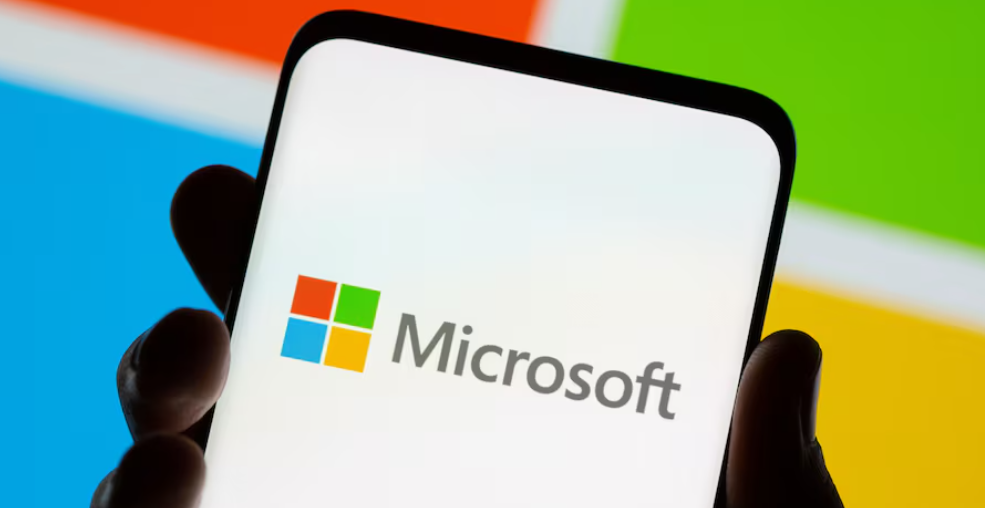

Curious to learn more?
Let's chat! Our team of experts are here to answer any questions you have
Email us License our tech Set up a meeting

